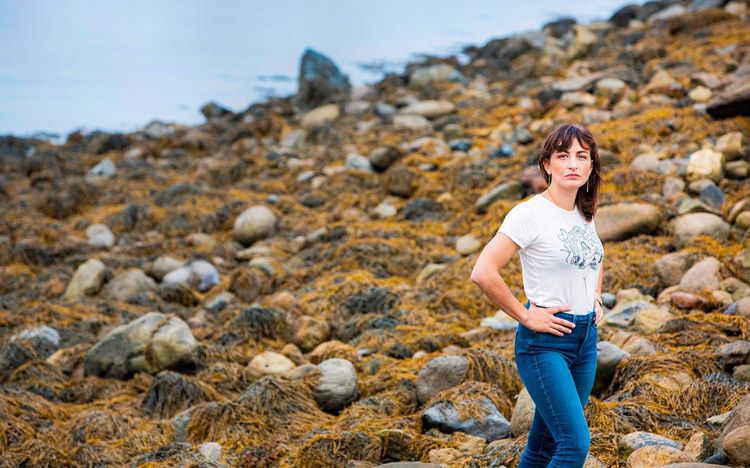Harnessing the Seas: The Untapped Potential of Seaweed in Carbon Dioxide Removal

The relentless rise of carbon dioxide (CO2) levels in the atmosphere pose an existential threat to our global civilization.
As we race to adopt renewable energy solutions, the sobering reality remains: efforts to curb emissions are vital but insufficient. The climate crisis has reached a dire juncture, compelling us to look beyond merely stemming the tide of greenhouse gases (GHGs), but finding solutions to remove those gases from the atmosphere.
As Sir David King, the former UK government chief scientific adviser, starkly puts it, "The carbon we have put up [in the atmosphere] will have to be removed. It may cost a fortune, but we have to recognize that the alternative is to lose our civilization.”
So now, scientists are seeking to deploy innovative Carbon Dioxide Removal (CDR) technologies that can both generate clean energy and extract the excess carbon already suffusing our atmosphere.
In the quest to find scalable and sustainable CDR technologies, one solution that emerges from the ocean's depths is seaweed.
The Science of Seaweed as a CDR Solution
Seaweeds are fast-growing macroalgae that absorb CO2 during photosynthesis. Unlike terrestrial plants, seaweeds do not require arable land, fresh water, or added fertilizers, making them a significantly sustainable crop with a net negative carbon footprint. For comparison, on a global average, one kilogram of beef is responsible for 100 kilograms of CO2 equivalent (CO2eq) emissions. The FAO estimates that 14.5% of all human-caused greenhouse gas emissions are attributable to livestock farming. Seaweed, on the other hand, is an excellent source of nutrients to help feed a growing planet while simultaneously removing carbon from the atmosphere to naturally grow.
Researchers have applied dynamic seaweed growth models to estimate the amount of CO2 that can be sequestered by seaweed farms. One study out of UC Santa Barbara suggests that cultivating seaweed in just 0.001 percent of the ocean’s ecologically suitable area could potentially make the global aquaculture industry carbon neutral.
Wow. That seems doable, right? A company called Running Tide thinks so.
The startup from 2017 has already sunk tens of thousands of material into the North Atlantic ocean as part of their carbon sequestration efforts. By sinking the biomass, CO2 does not enter the atmosphere and instead settles on the ocean floor.

One challenge with this approach is that there are concerns within the scientific community surrounding the accuracy of measuring how much carbon is sequestered and how long it will stay that way.
To answer these questions, it is necessary to build robust systems for monitoring, reporting, and verification (MRV) of carbon dioxide removal efforts. This has led to the formation of startups like MIT-spinout atdepth MRV, which was recently awarded more than $2.5 million from the Advanced Research Projects Agency-Energy (ARPA-E) to further develop their ocean modeling system.
The Path Forward
The Intergovernmental Panel on Climate Change (IPCC) suggests that to keep warming below 1.5° C, gigatonnes of CO2 will need to be removed from the atmosphere annually by the end of the century.
That's a whole lot of seaweed.
Innovators are building the technologies needed to bring change, but how do companies like atdepth MRV and Running Tide support the growth of an industry when capitalist competition so often gets in the way of collaboration?
With the support of nonprofits like the Carbon Removal Alliance, that's how.
The Carbon Removal Alliance brings together scientists, businesses, policymakers, and environmental advocates to support research, share knowledge, and advocate for policies that promote the development of carbon removal technologies.
To transition from potential to practice, seaweed CDR technologies will require substantial research, investment, and development. The Carbon Removal Alliance aims to streamline the process, ensuring that innovative solutions like seaweed cultivation receive the attention and funding they deserve.
Together, we can turn the potential of a simple plant like seaweed into the climate super solution we all desperately need. To learn more about CDR technologies, visit carbonremovalalliance.org.



